Sketching is the foundation of artistic expression, and learning the right techniques can help you create stunning, professional-looking drawings. Whether you’re a complete beginner or looking to refine your skills, this guide will walk you through essential sketching techniques to help you draw with confidence.
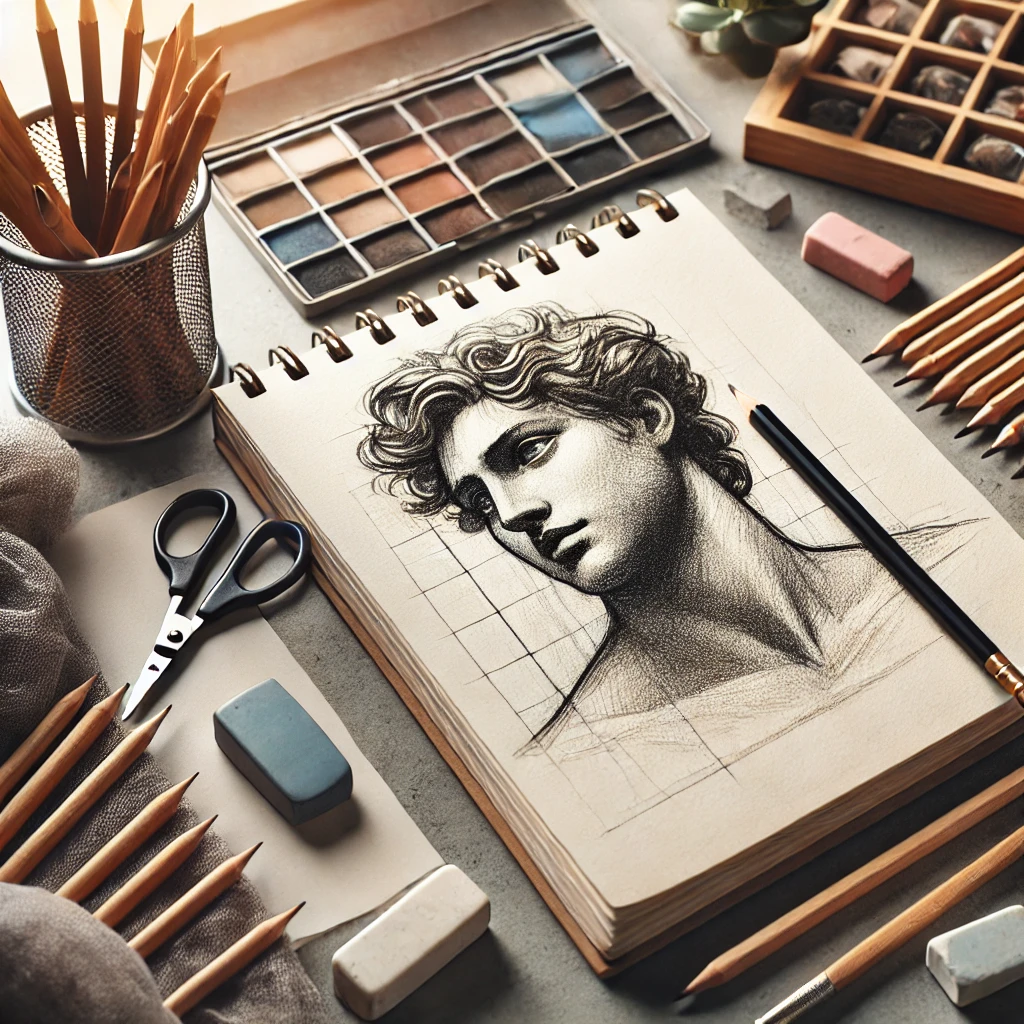
Why Learn Sketching?
✅ Enhances Creativity – Freely express ideas and develop your artistic vision.
✅ Builds Confidence – The more you practice, the more comfortable you’ll feel.
✅ Improves Observation Skills – Training your eye to capture details accurately.
✅ Fundamental for All Art Forms – Essential for painting, digital art, and design.
✅ Therapeutic & Relaxing – A great way to de-stress and unwind.
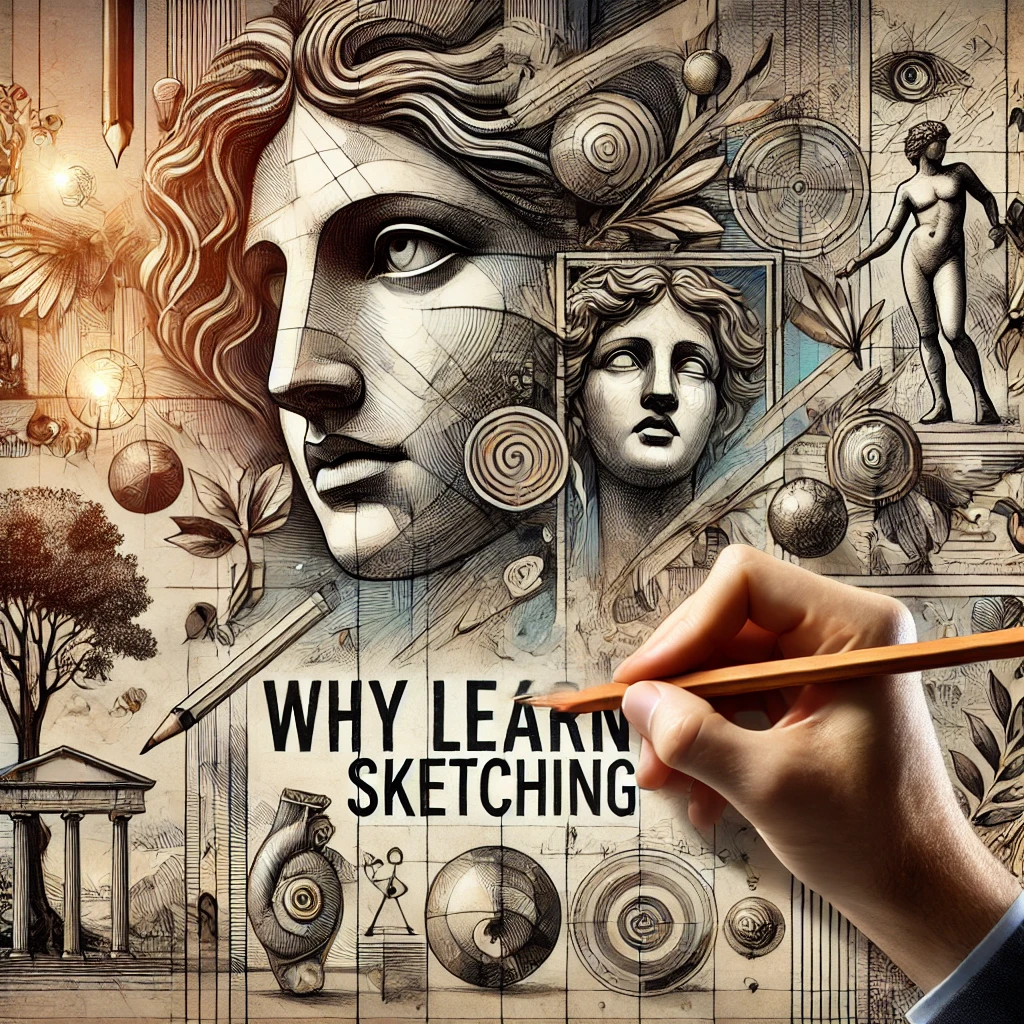
(This blog contains affiliate links, meaning I make a small commission at no extra cost to you.)
Essential Sketching Tools
🛍 Sketchbook: A Strathmore 400 Series Sketchbook is ideal for beginners.
🛍 Pencil Set: The Faber-Castell Graphite Set offers a variety of shades for shading.
🛍 Erasers: A kneaded eraser and precision eraser help correct mistakes cleanly.
🛍 Blending Stumps: Perfect for achieving smooth gradients.
🛍 Digital Option: The iPad + Apple Pencil with Procreate is perfect for digital sketching.
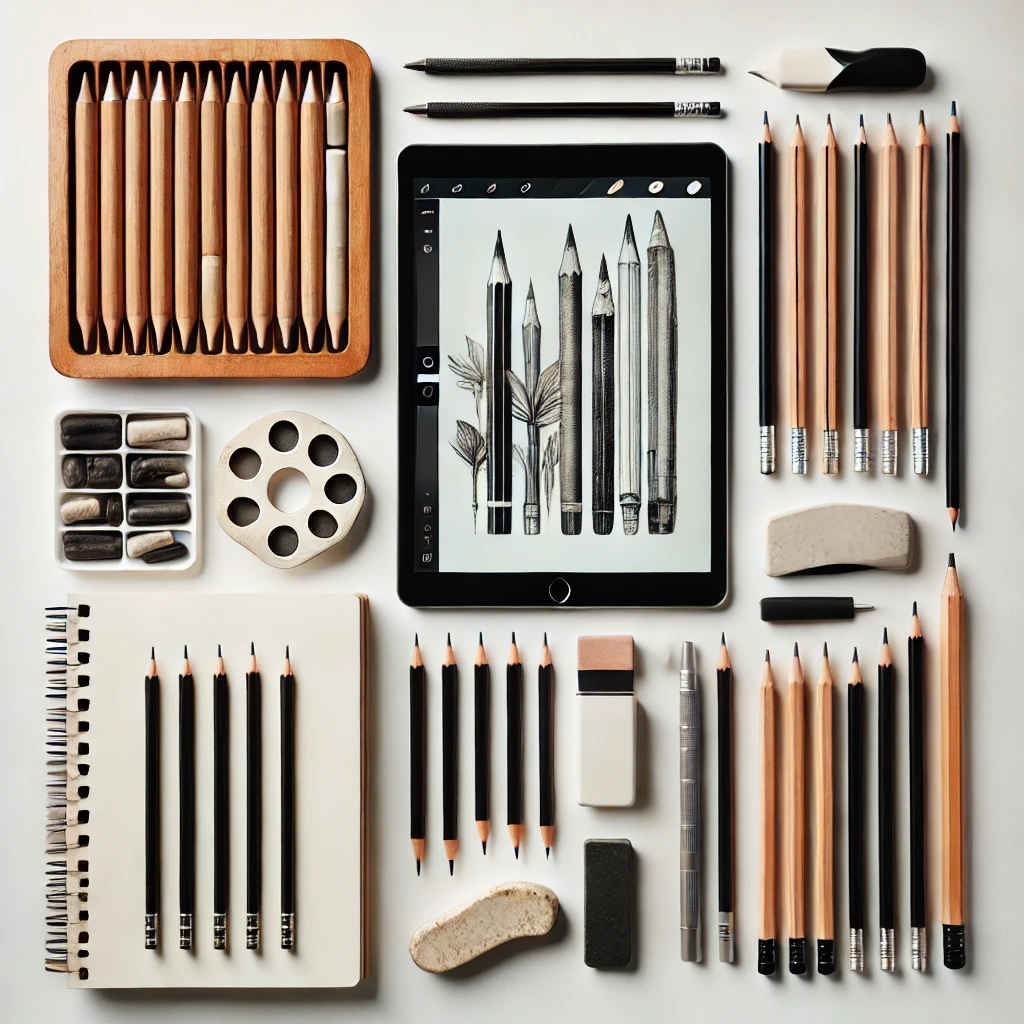
Step-by-Step Beginner Sketching Techniques
1. Start with Basic Shapes
Everything begins with simple geometric shapes – circles, squares, and triangles. These are the building blocks for drawing complex objects.
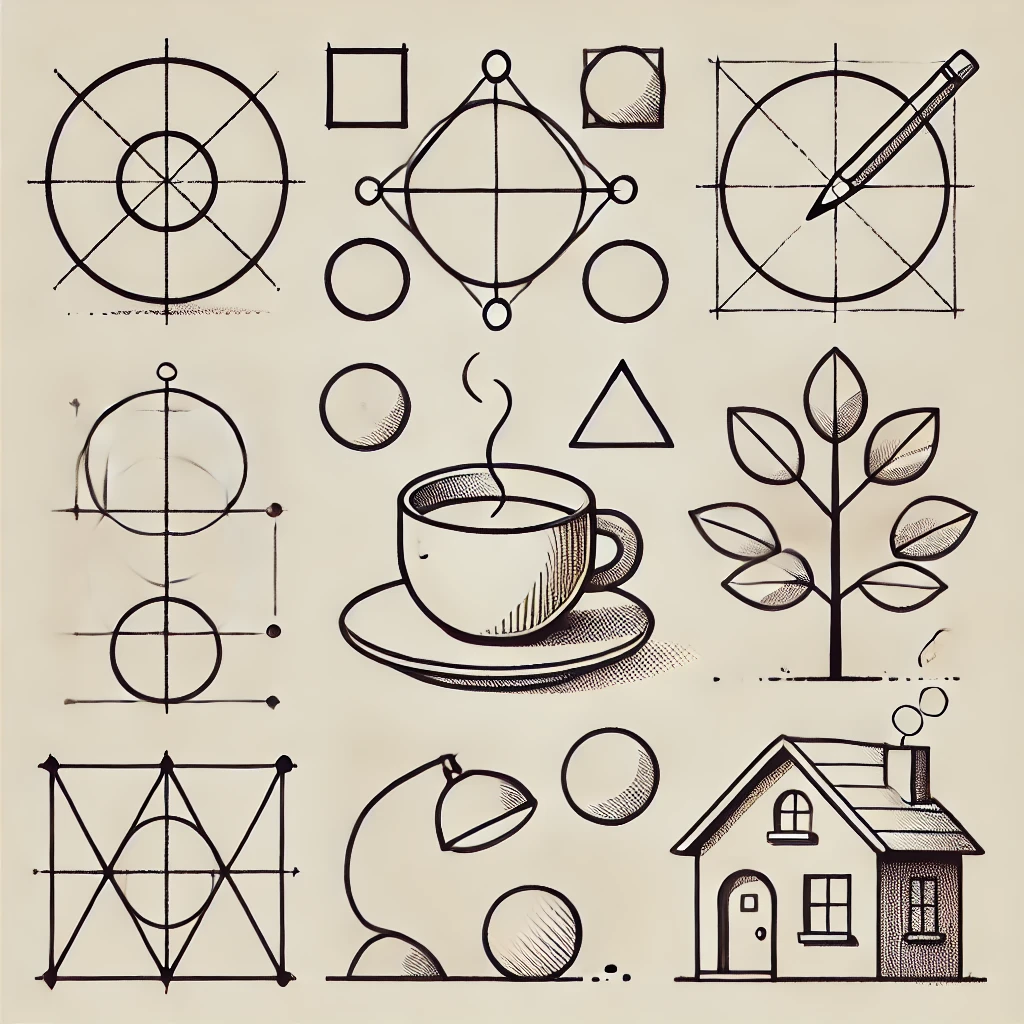
Exercise: Try sketching common objects using only basic shapes. For example, a coffee cup starts as a cylinder, and a cat’s head begins as a circle.
2. Master Light and Shadow
Understanding how light interacts with an object helps add realism to your sketches.
Exercise: Practice shading by drawing a sphere and adding a light source. Use soft shading techniques to create smooth gradients.
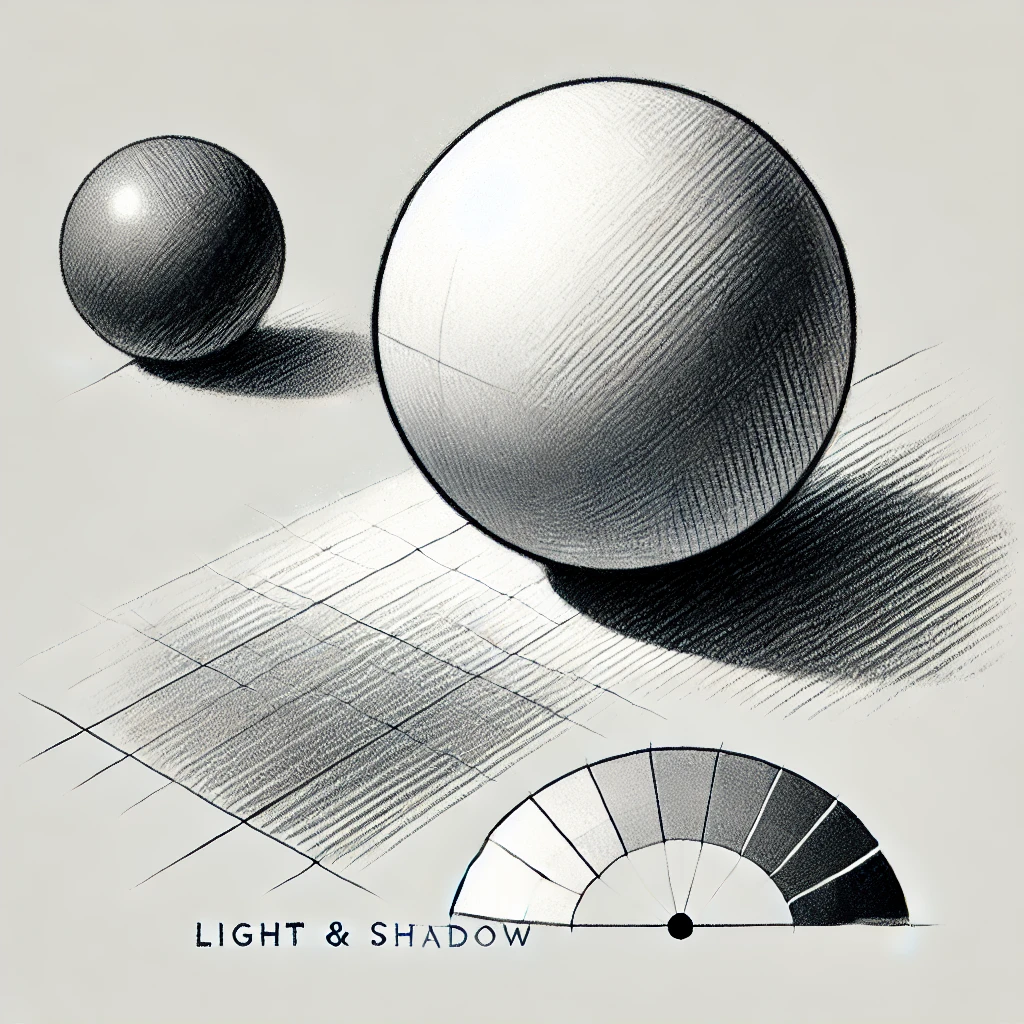
💡 Pro Tip: Use a kneaded eraser to lift highlights and create depth.
3. Learn Proper Pencil Grip and Strokes
How you hold your pencil affects the flow and pressure of your strokes. Experiment with different grips to find what feels natural.
Exercise: Practice hatching, cross-hatching, and stippling to add texture and depth to your sketches.
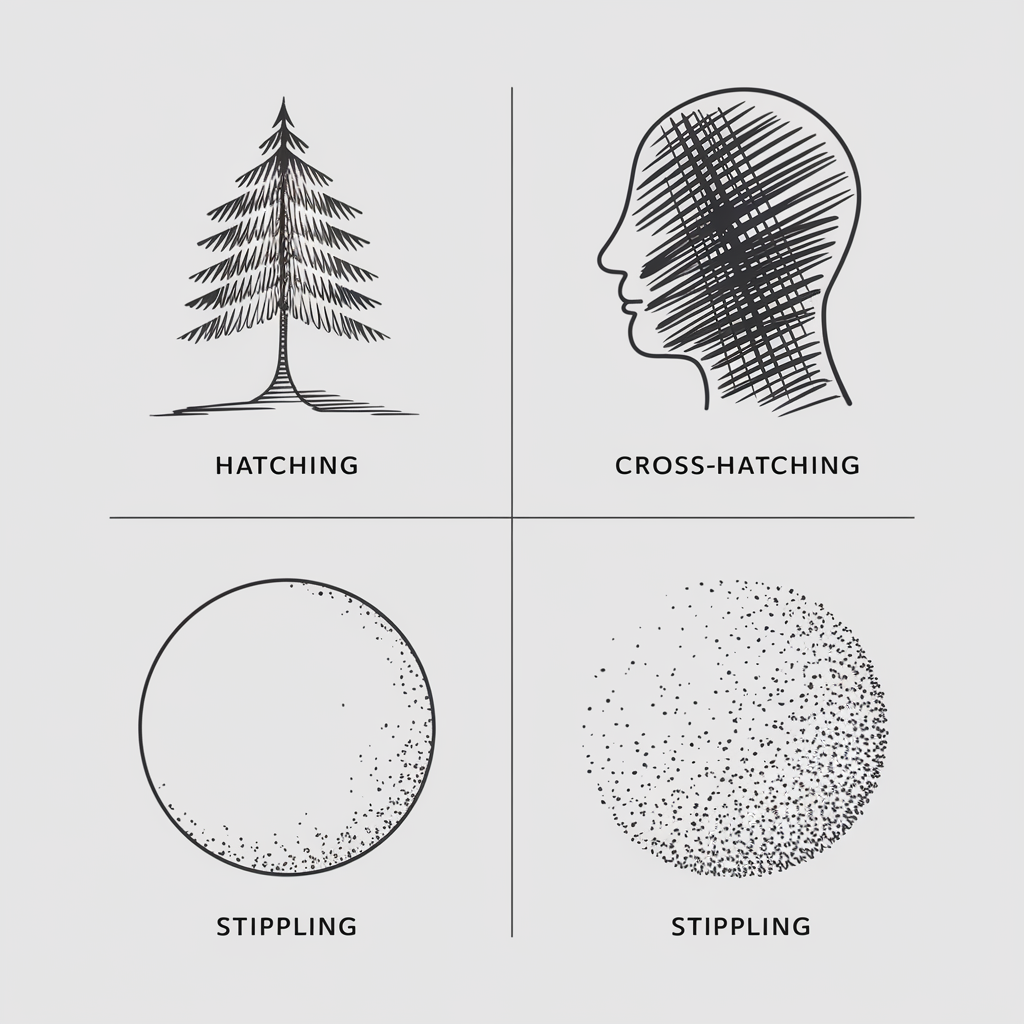
📌 Pin this technique chart for easy reference!
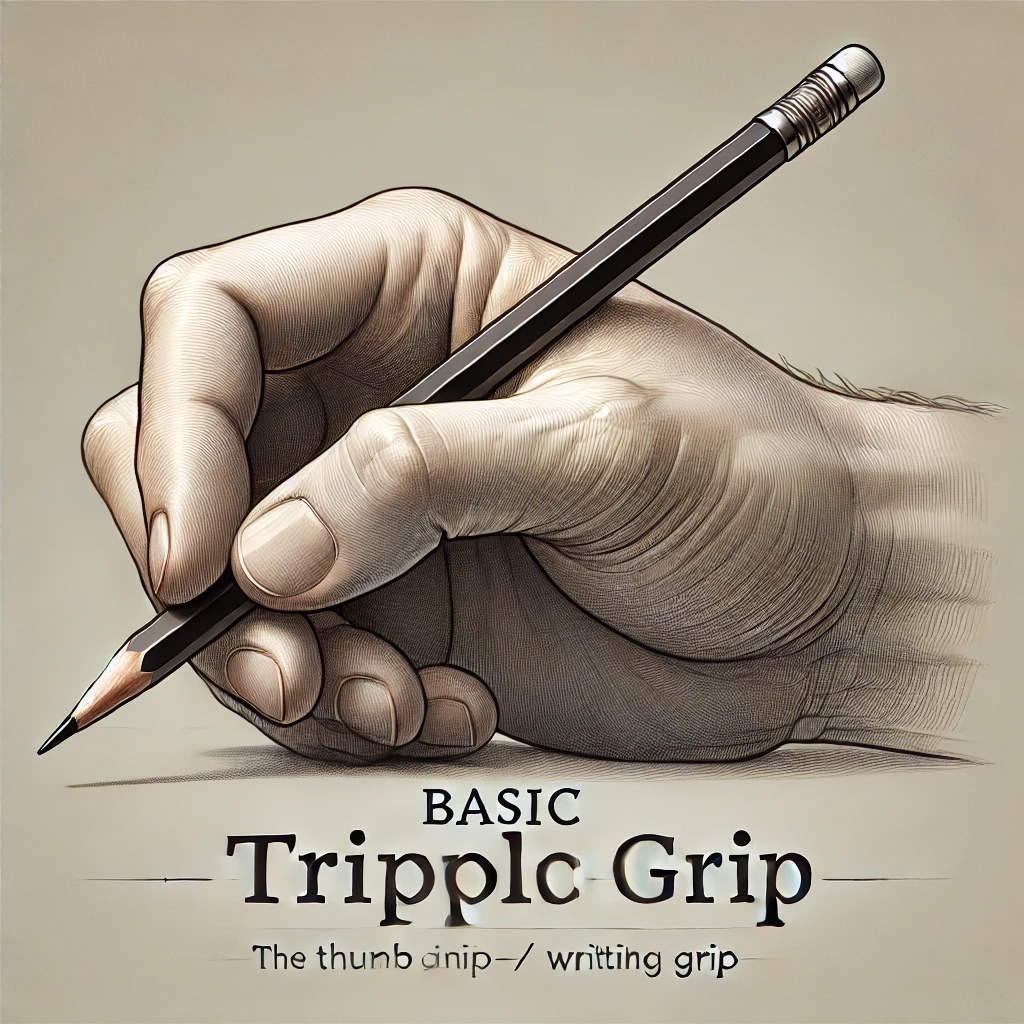
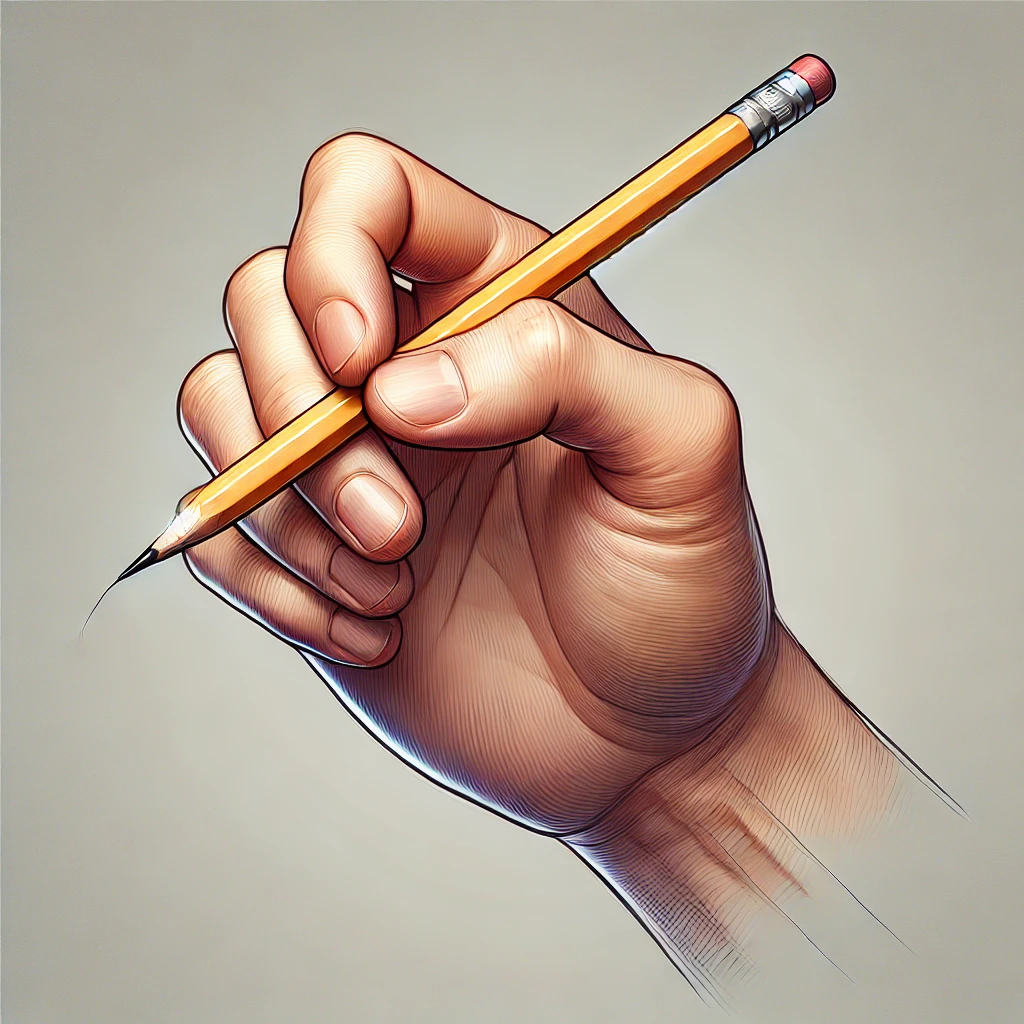
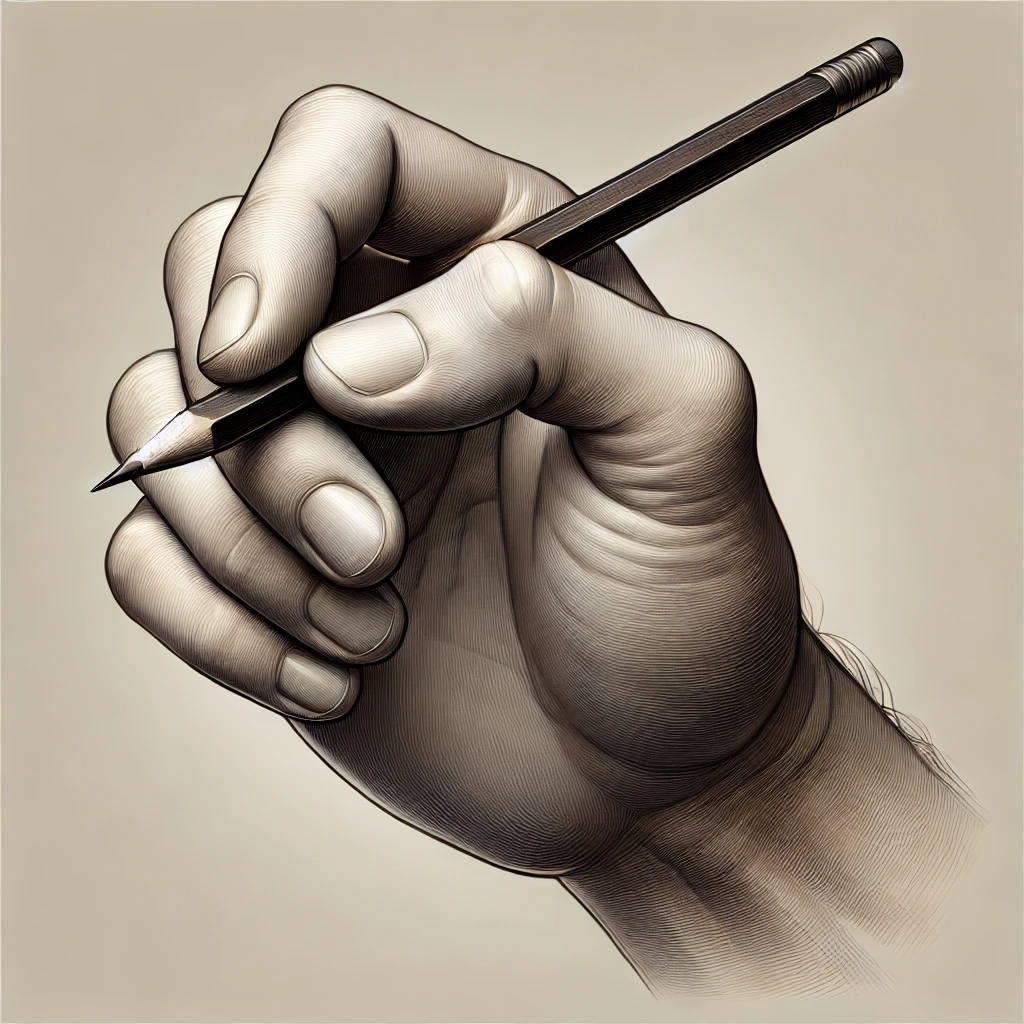
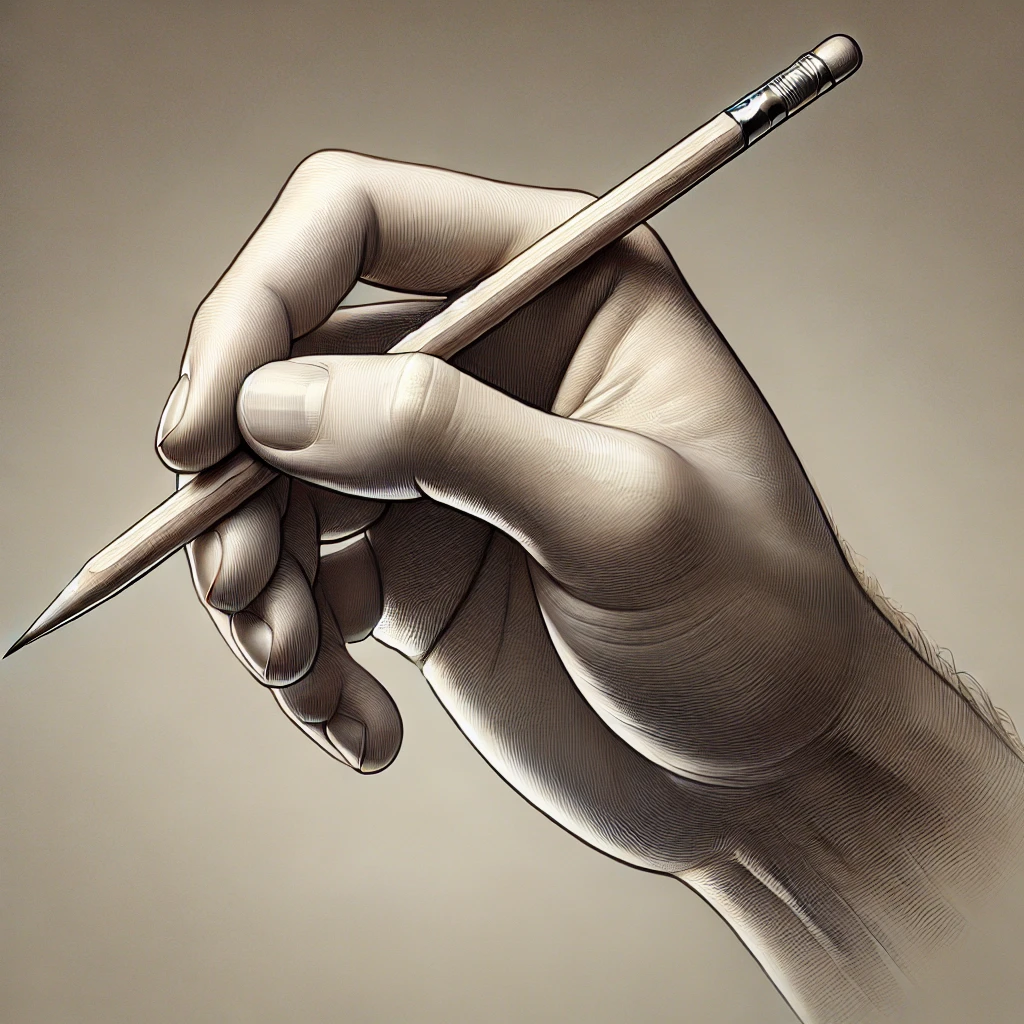
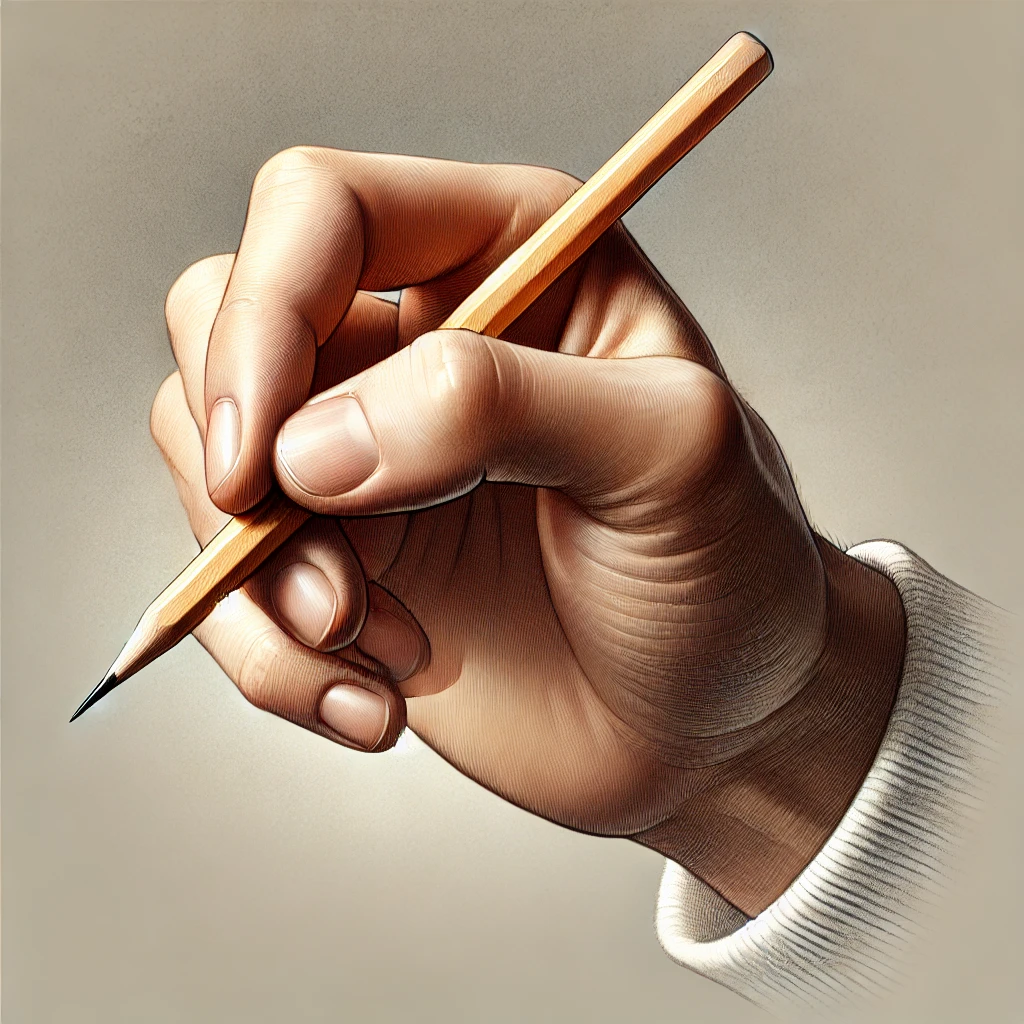
4. Sketch with Gesture and Movement
Gesture drawing helps capture the essence and motion of a subject in a few quick lines.
Exercise: Set a timer for 30 seconds and sketch a simple figure in motion. Focus on fluidity rather than details.
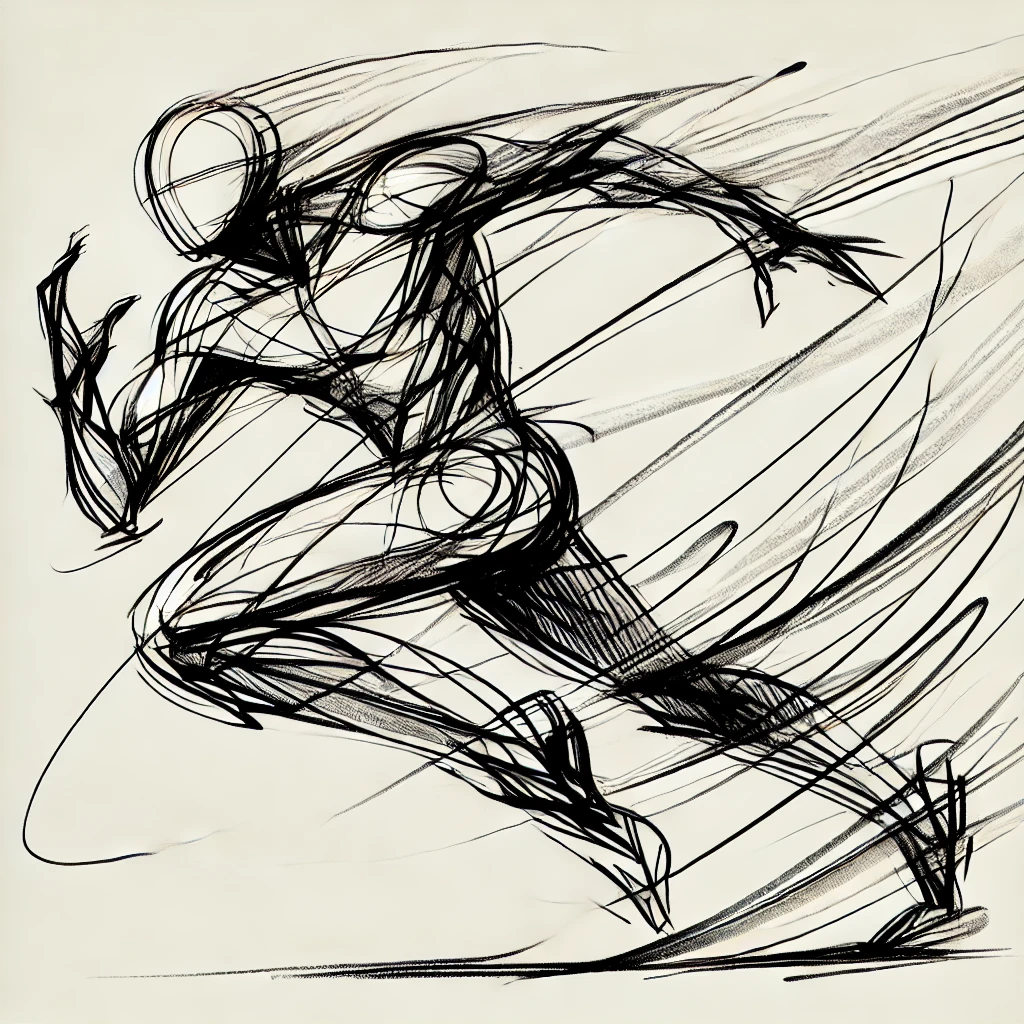
5. Refine with Contours and Details
Once the basic structure is in place, refine your drawing by adding outlines, details, and textures.
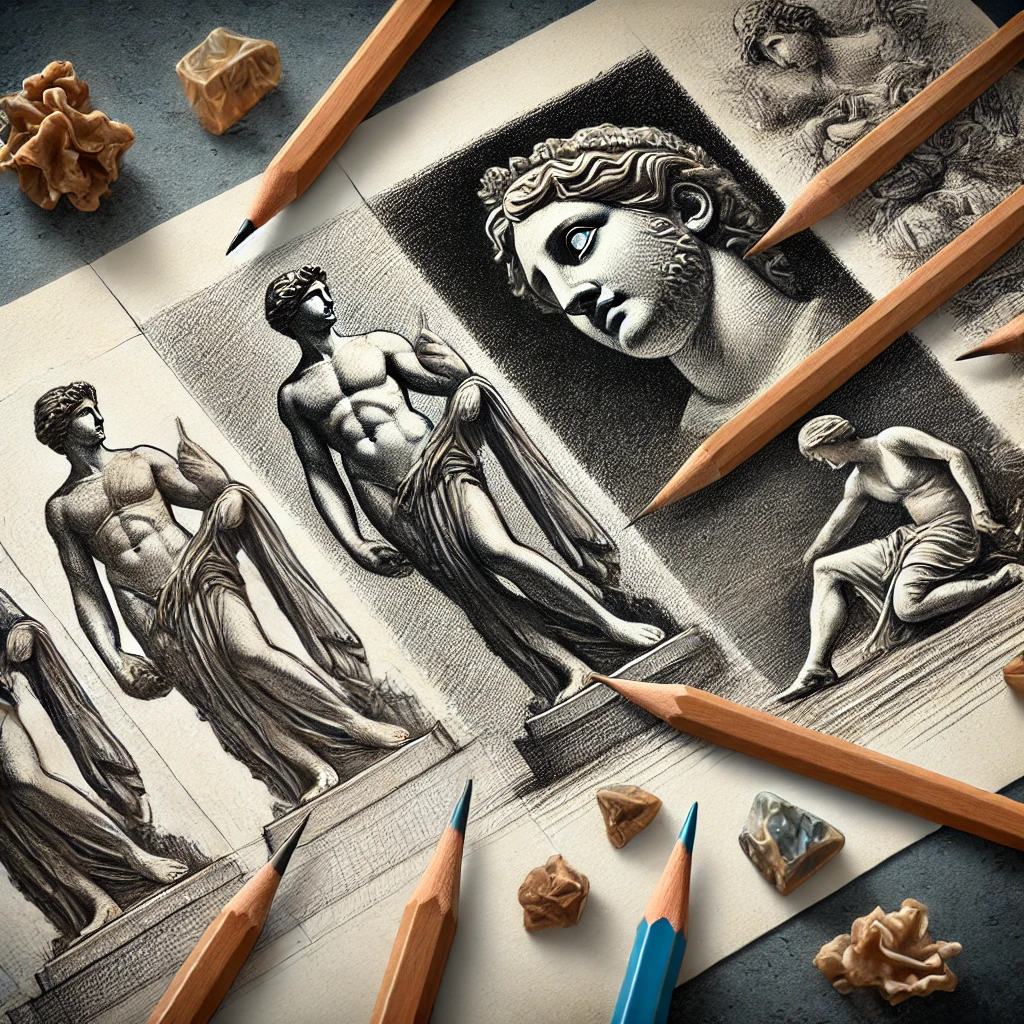
Exercise: Sketch a leaf, focusing first on its contour, then add veins and shading for texture.
Common Sketching Mistakes and How to Fix Them
🚫 Pressing Too Hard → Use a light touch and build up shading gradually.
🚫 Skipping Warm-Ups → Spend 5 minutes drawing circles and lines to loosen up.
🚫 Ignoring Perspective → Practice simple one-point and two-point perspective exercises.
🚫 Neglecting Proportions → Use guidelines to align features correctly.
Tip: Post your progress on Pinterest & Instagram using #SketchLikeAPro!
Practice Makes Progress!
The key to mastering sketching is consistent practice. Start with simple exercises, experiment with different techniques, and challenge yourself with new subjects.
Ready to take your sketching to the next level?
📌 Pin this guide to your Pinterest board for daily inspiration!
Let’s get drawing! ✏️✨ #SketchingForBeginners #LearnToDraw #SketchLikeAPro